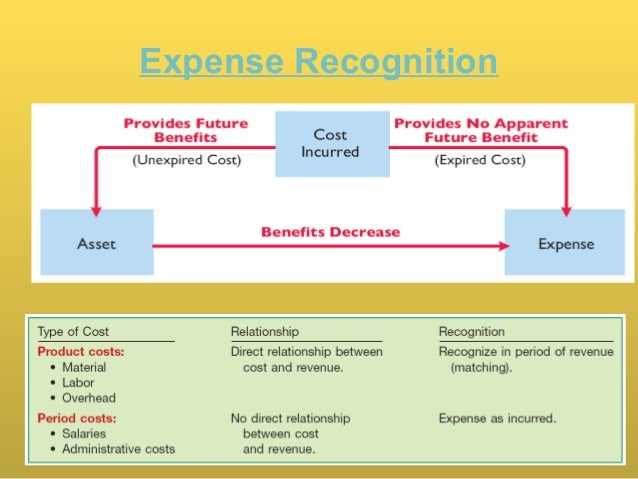

It implies that there is a social responsibility to protect the public from exposure to such harm, when scientific investigation has found a plausible risk.

The principle acknowledges that while the progress of science and technology has often brought great benefit to humanity, it has also contributed to the creation of new threats and risks. For example, a government may decide to limit or restrict the widespread release of a medicine or new technology until it has been thoroughly tested. taking a particular course of action) and conclusive evidence is not yet available. The principle is often used by policy makers in situations where there is the possibility of harm from making a certain decision (e.g. Interrelation between safety factor and reliability is extensively studied by engineers and philosophers.

It was apparently suggested, in civil engineering, by Belindor in 1729. In an engineering context, the precautionary principle manifests itself as the factor of safety, discussed in detail in the monograph of Elishakoff. Critics argue that it is vague, self-cancelling, unscientific and an obstacle to progress. It emphasizes caution, pausing and review before leaping into new innovations that may prove disastrous. The precautionary principle (or precautionary approach) is a broad epistemological, philosophical and legal approach to innovations with potential for causing harm when extensive scientific knowledge on the matter is lacking.


 0 kommentar(er)
0 kommentar(er)
